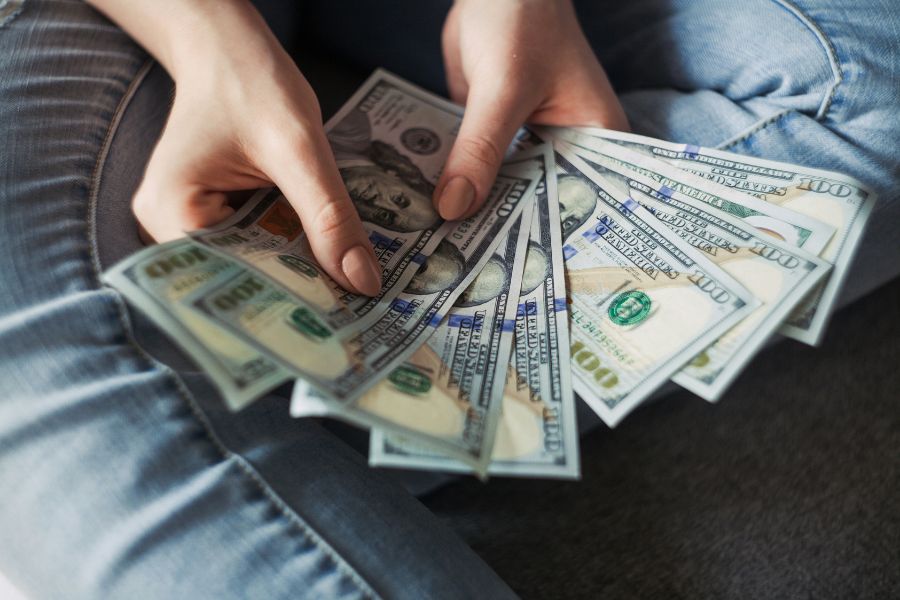
Payment from a debtor in China is usually made by telegraphic transfer (T/T).
This post was first published in CJO GLOBAL, which is committed to providing consulting services in China-related cross-border trade risk management and debt collection. We will explain how debt collection works in China below.
If a Chinese company uses its domestic funds to make a payment to you, this payment must comply with China’s foreign exchange regulation.
As the Trade Commissioner Service of the Canadian government says, “In China, companies, banks, and individuals must comply with a “closed” capital account policy. This means that money cannot be freely moved into or out of the country unless it abides by strict foreign exchange rules.”
Generally, when Chinese companies export or import goods, they are required to provide the banks with the trade contracts and customs documents, and the banks shall, on behalf of regulators, review their income or expenditure. Such transactions can only be completed after they are reviewed and approved.
The review and approval are especially stringent if the transaction involves the conversion of foreign currency into the Renminbi or vice versa.
The situation can be more complicated when a Chinese company refunds or compensates you. This is because the payment, while related to the original transaction, may not be the same pricing as the original transaction. Chinese banks or regulators may view this as a collusion between the Chinese company and you to evade foreign exchange regulation.
Furthermore, for a Chinese supplier’s exports, the Chinese government will refund tax to the supplier based on the export amount. If the Chinese supplier refunds or compensates you, its export amount will reduce accordingly, which means that it should not receive a tax refund on the original amount from the Chinese government.
Chinese regulators may also believe that the Chinese company is cheating on tax refunds in this way.
The Chinese company and you will need to convince the bank by fully explaining the background for this refund or compensation. Also, the Chinese supplier will need to return the tax refund it received to the government.
* * *
Do you need support in cross-border trade and debt collection?
CJO Global's team can provide you with China-related cross-border trade risk management and debt collection services, including:
(1) Trade Dispute Resolution
(2) Debt Collection
(3) Judgments and Awards Collection
(4) Anti-Counterfeiting & IP Protection
(5) Company Verification and Due Diligence
(6) Trade Contract Drafting and Review
If you need our services, or if you wish to share your story, you can contact our Client Manager Susan Li (susan.li@yuanddu.com).
If you want to know more about CJO Global, please click here.
If you want to know more about CJO Global services, please click here.
If you wish to read more CJO Global posts, please click here.
Contributors: Meng Yu 余萌









